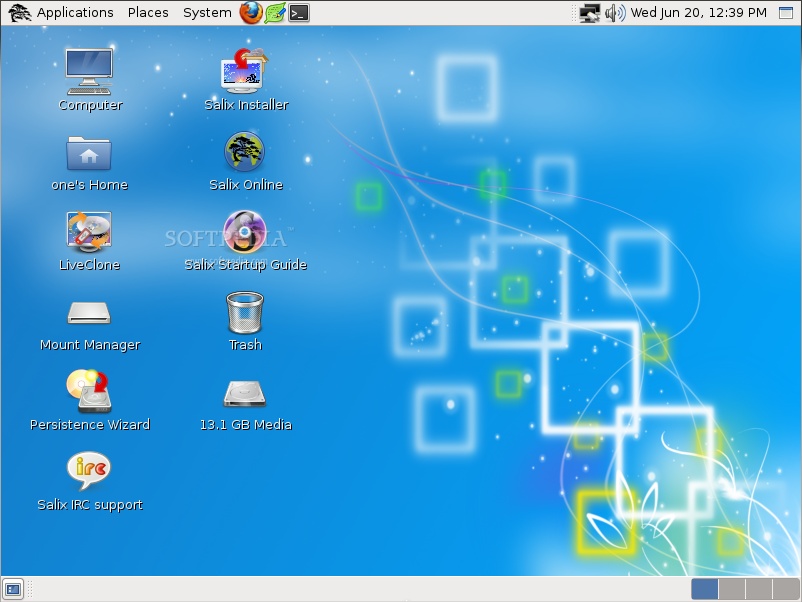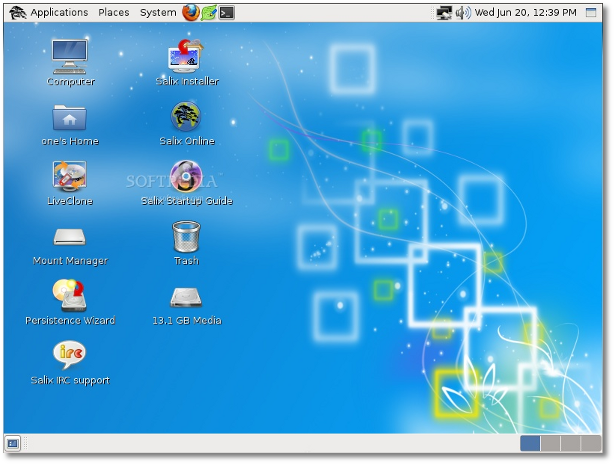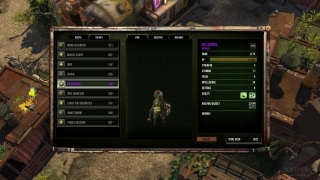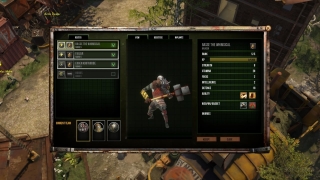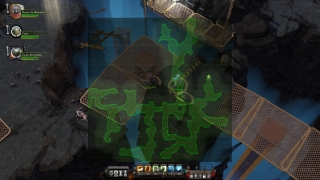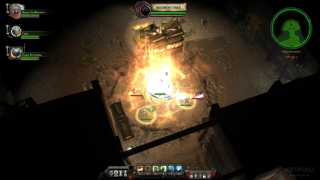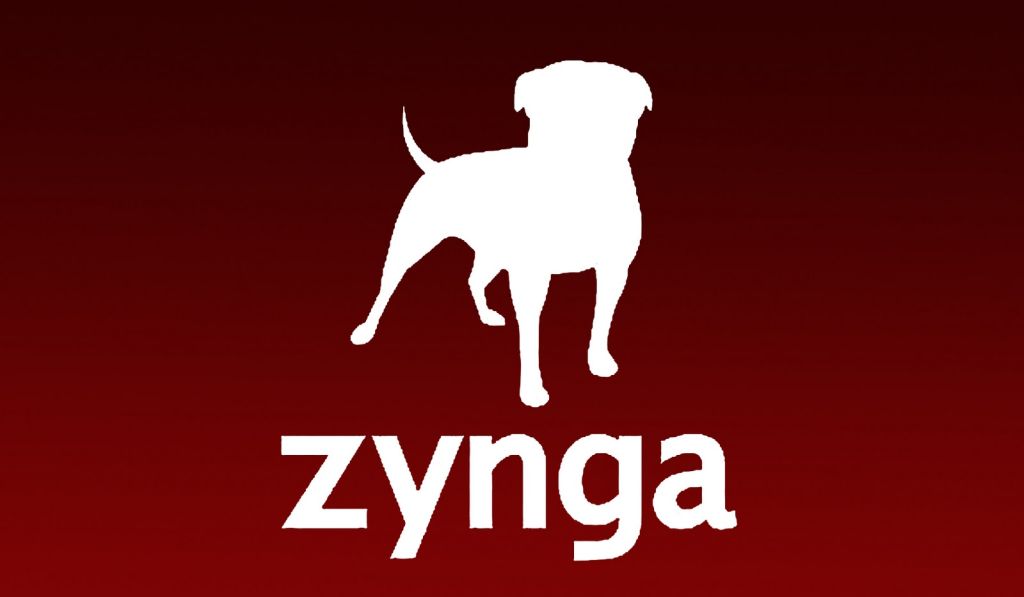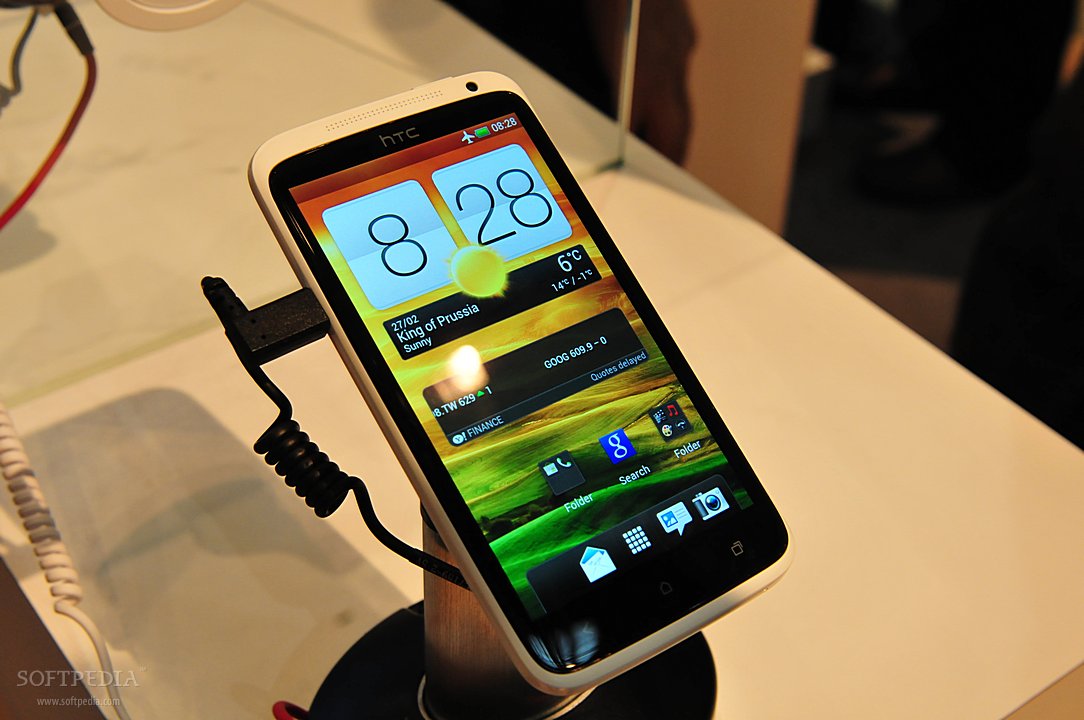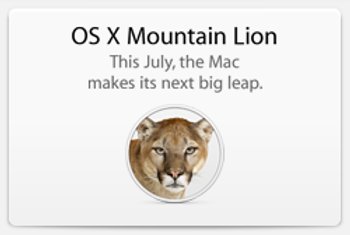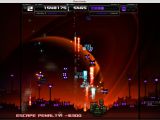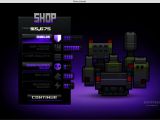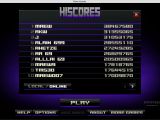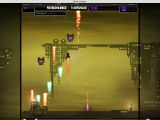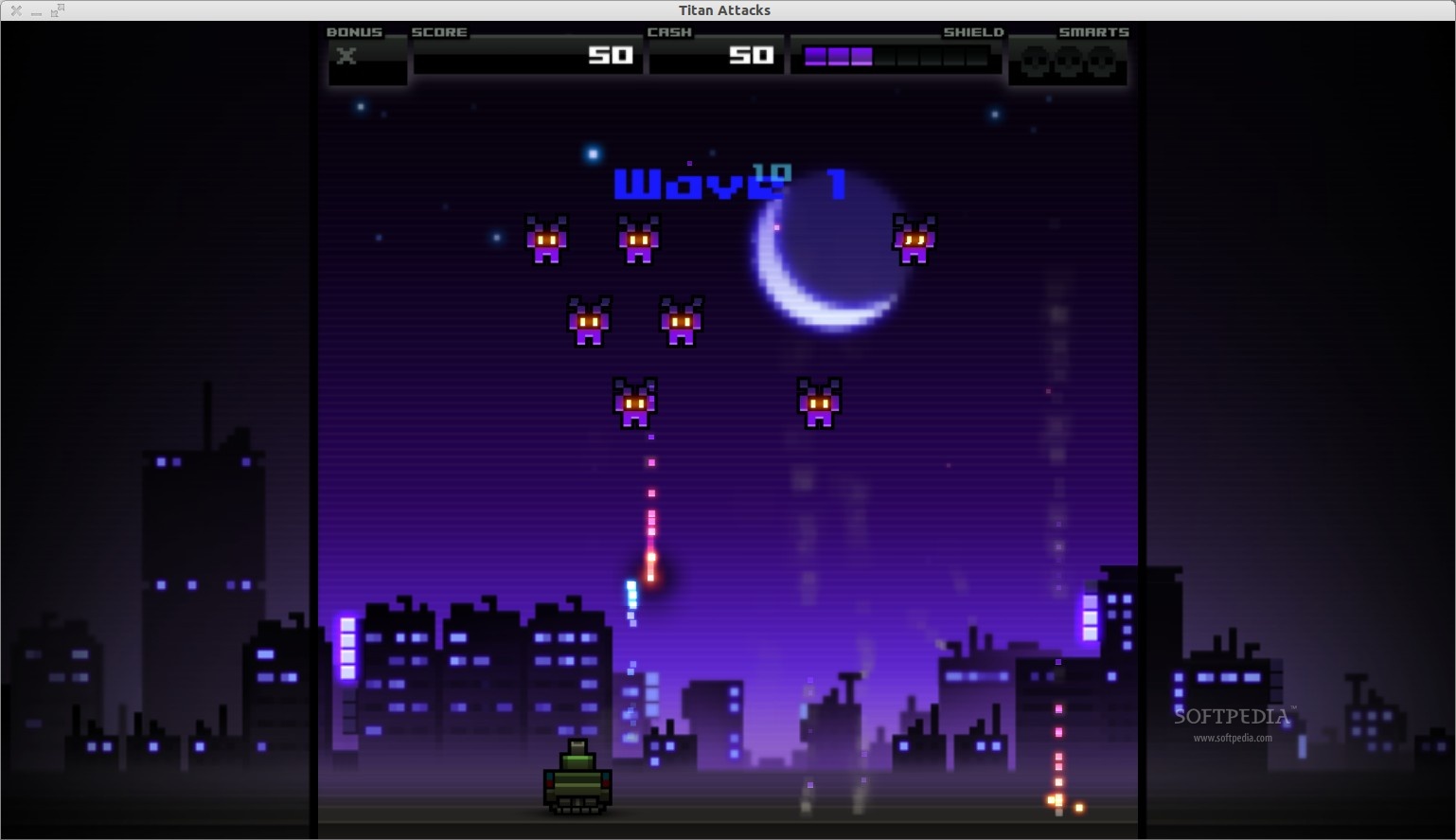 Titan Attacks! is one hell of a retro arcade shooter, and every minute of it is pure joy. We usually keep the conclusion until the end of the article, but we have to get it out of the system before getting on with the review.
Titan Attacks! is one hell of a retro arcade shooter, and every minute of it is pure joy. We usually keep the conclusion until the end of the article, but we have to get it out of the system before getting on with the review. I can’t imagine that Titan Attacks! was created by young developers. It’s inconceivable for me to believe that young programmers have been influenced by a game such as Space Invaders. In my opinion, to create such a game you should be playing arcade games in your childhood, and when you get older, you start calling them retro platformers to actually influence you.
There was a time when 8-bit graphics were not cool. There was a time when wearing big glasses with black frames meant that you might get harnessed in school and eventually graduate from MIT.
In today’s world, big black glasses are a trademark of kids spending way too much time on Instagram, thinking they have some hidden talent that no one is able to recognize it, and having a job flipping burgers. 8-bit graphics is considered cool and a lot of developers is trying to capitalize on the hipster factor of retro stuff.
Titan Attacks is one of the few games that actually managed to pull it off, not by taking pride of its 8-bit heritage or with its Space Invader obvious references, but by giving the players the one thing they need most in the world: tons of fun!
Installation The developers of Titan Attacks!, Puppy Games, are providing a few types of packages so that anyone can play it. First, there are tar.gz files, archives with the playable game, for 32-bit and 64-bit platforms, and then there are the .deb files, for Debian based distributions, and even a JNLP file, which needs Java Web Start in order to run.
There are no source packages, as you might expect, but some dependencies could be required. If the game is not starting, for whatever reason, don’t forget to fire it up from a terminal in order to determine the needed dependencies.
Gameplay There isn't much of a story to speak of and I believe that there is no point in trying to invent something for the game. In any case, apparently, Titan, the satellite of Saturn, is inhabited by extraterrestrials who have started the invasion of the solar system and implicitly of the Earth.
The last surviving captain and the last ship on Earth is tasked with the duty of defending the planet and eventually push back the invasion.
Anyone that played Space Invader or the cheaper cousin, Galaxion, will recognize the basic gameplay. The screen is filled right from the start with all the enemies you are going to face in that level and the player has to destroy them all until they reach the bottom part of the screen.
This sounds easy enough, but here is where the things start to get really interesting. Unlike the games it takes its cue, the enemy ships are a lot more nimble, fire faster, some of them are armored, some will actually fall out of orbit once they get hit and are transformed in projectiles.
The entire game has 100 levels, separated into five big stages: Earth, Moon, Mars, Saturn and Titan. Each planet, or moon for those of you who are astronomy aficionados, ends with a major boss fight, incrementally more difficult.
Every stage holds 20 levels and they are progressively harder. If a player gets killed in level 19 or even 20, in a boss fight for example, he will have to start from the beginning of the stage.
The player’s ship will be really weak at the beginning, but the enemies will not be too much trouble. Just like in Space Invaders, at first you can only fire one projectile at a time and the next shot can only be fired after the first one has exited the screen, or if an enemy ship was hit.
Unlike Space Invaders, players will get the chance to upgrade the ship between missions using the money recovered in levels. The upgrades range from gun power to shields, and even powerful bombs that can clear a good chunk of the enemies.
The Bad The only problem I had with the games is the lack of a proper save game feature. Pressing the escape key during a mission would exit the game and save the progress. This actually means that the save game option is not actually a feature, but a way to resume the fight exactly where you left off.
Moreover, after finishing the game for the first time, you get to start over with all the upgrades in place and tougher enemies. However, once you are killed, you can’t resume from the last world in the second playthrough, in the same way you would replay the game the first time. It forces me to return to the first playthrough, at the start of Titan.
The God I don't really know why the game is so much fun. Maybe it is the frantic, but organized fighting, or maybe it’s just the music and the upgrade system. The graphics certainly help a lot, but it can’t be singled out.
What I want to say is that every part of the game contributes to a great gameplay experience and you will feel the need to finish the game once you have started.
Conclusion Titan Attack! manages to satisfy the needs for an old-style shooter by combining it with the more recent innovations of the genre. It’s old and new in the same package and it somehow feels refreshing. If you find an older gamer, like myself, and you want to know why we are always sulking about the past, we’ll show you Titan Attacks! and explain that every game was as fun as this.
